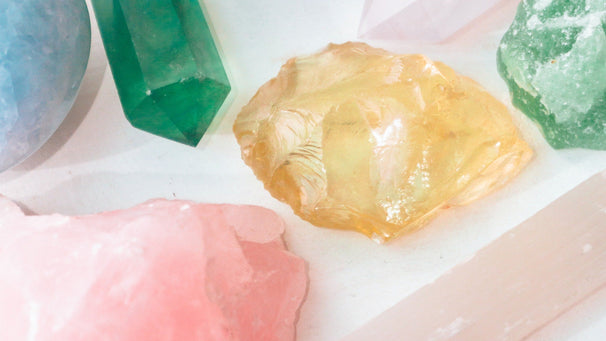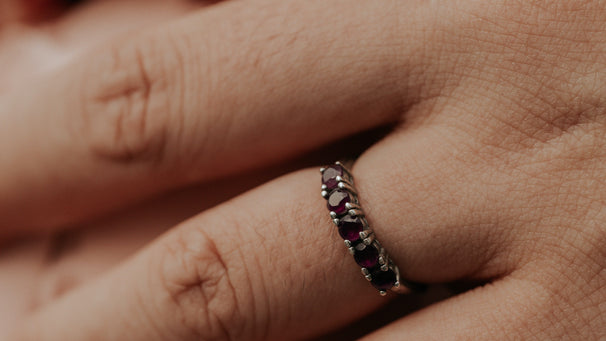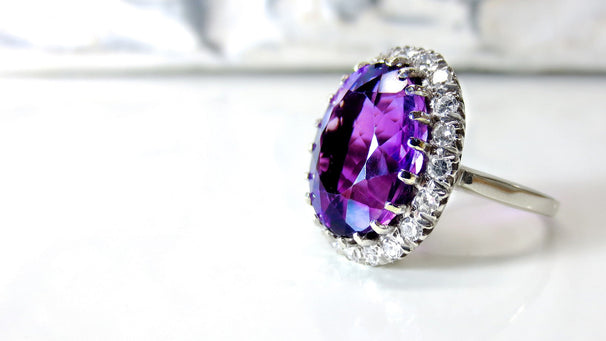Citrine = November
It is a beautiful translucent stone, with a fresh color like the citrus fruit from which it takes its name.

Origin of Citrine
Citrine is found mainly in Brazil, Madagascar, Mozambique and Uruguay; multicolored Citrine and Ametrine in Bolivia. Lemon yellow Citrine is also found in Zambia and Tanzania.
History of Citrine

Rough Madeira Citrine and Cut Citrine Gem
Citrine has been known since around 480 BC; it was already popular in ancient Greece. In the first century AD, the Romans frequently used it to make intaglios (stones engraved with a negative relief) and cabochons .
In ancient times, Citrine was known as a lucky stone. It was used as a talisman against the evil eye and as protection against bites from snakes and other venomous reptiles.
It was also said to have medicinal properties: it was said to be beneficial for digestion, the elimination of toxins, protection against the plague and skin diseases, as well as for the treatment of depression and diabetes.
Lithotherapy enthusiasts, for their part, maintain that Ametrine promotes the stimulation of mental skills, intuition, and creativity . It is said to improve self-confidence and allow for better emotional control, while increasing alertness.
Chemical composition of Citrine

Citrine - Raw Citrine Quartz Crystals
Citrine is a variety of quartz macrocrystalline, which is frequently found in nature in the same deposits as Amethyst. Its color is due to the presence of iron.
Multicolored Citrine is a combination of citrine and colorless quartz (Rock Crystal), and is formed when environmental conditions change during crystal growth.
Ametrine is the combination of Amethyst and Citrine, and combines the irresistible purple tones of the former with the cool yellow tones of the latter.


